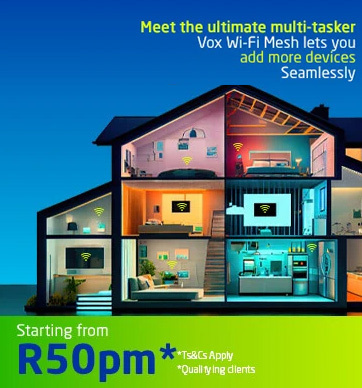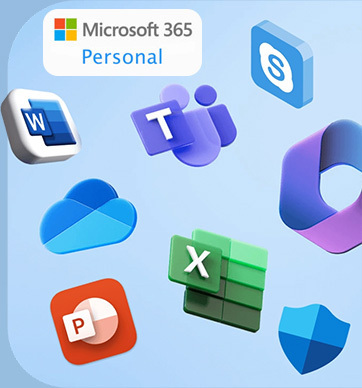While it is by no means a new technology,the demand for, and rollout of fibre across business precincts and metropolitan suburbs is telling us that the target of reaching three million homes by 2020, is well within reach.
This demand, is in part, driven by exponential growth in online content from a consumer perspective, and a greater need to consolidate ICT spend, with a converged service in the business segment.
For the vast majority of people however, the conversation is still about fast internet, and that needs to shift. Connectivity, like water and electricity, is becoming a utility. It is this utility-based approach that advances internet connectivity for schools, and is fast tracking a more mobile workforce, one that does not have to be in an office environment in order to be productive.
As more products are developed to be connected to the internet, and start generating big data, so the need for reliable, always available connectivity will increase, and less emphasis will be placed on what it costs and more on what it enables.
There is no shortage of areas demanding fibre-to-the-home and fibre-to-the-business and infrastructure providers are in a unique position of being able to cherry pick the suburbs and precincts they believe will maximise their investments.
Combined targets as set by the infrastructure providers, show that by the end of 2016, we can expect to see approximately half a million homes with access to a fibre network, and by 2020, this is expected to be three million homes.
These targets may seem aggressive, especially when you consider that in 16 years ADSL subscriber numbers went from 0 in 2003, to 1.1 million that we see today. The more rapid the deployment of the network, and seemingly increased interest in funding, will mean potentially reaching these goal with relative ease.
We do however, draw an important distinction between homes passed (those homes that are available to connect to a network) versus the homes that are actually connected. We expect this to be anywhere between 35 percent and 50 percent.
For the first time since McKinsey noted its ´disruptive dozen´, businesses and consumer are starting to see these become a reality and a number of them are facilitated by high quality, reliable connectivity. The Internet of Things, a world of ´smart´ everything devices and the potential of an on-demand generation has never been more possible.
How people consume information and entertainment will change, because of what fibre enables, and it is this quantum shift that will see traditional content providers re-evaluate their business models, to include more online driven content and/ or customer services.












